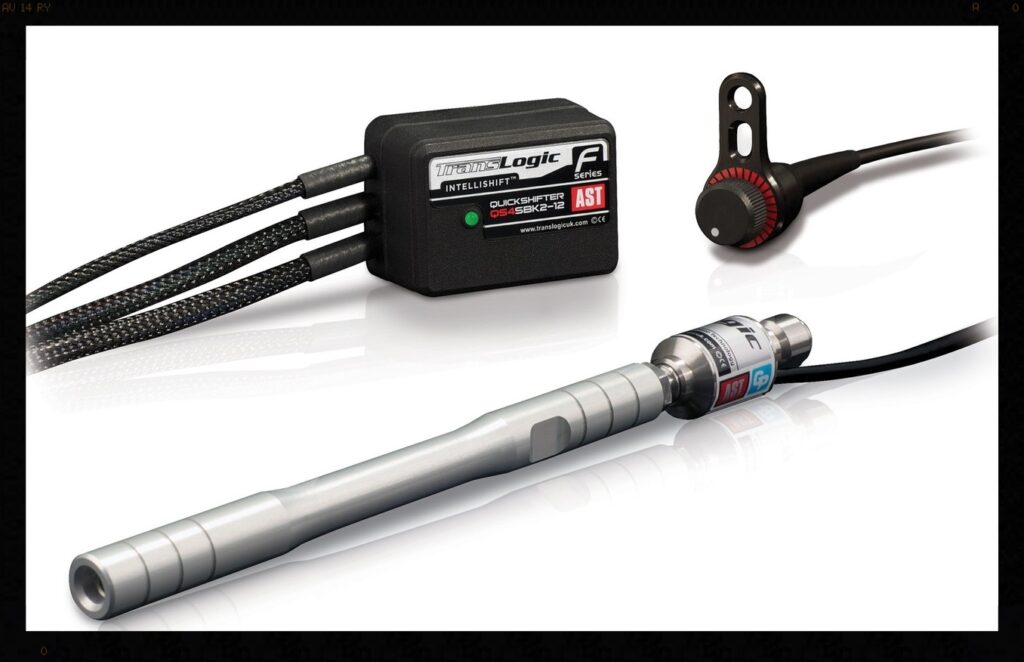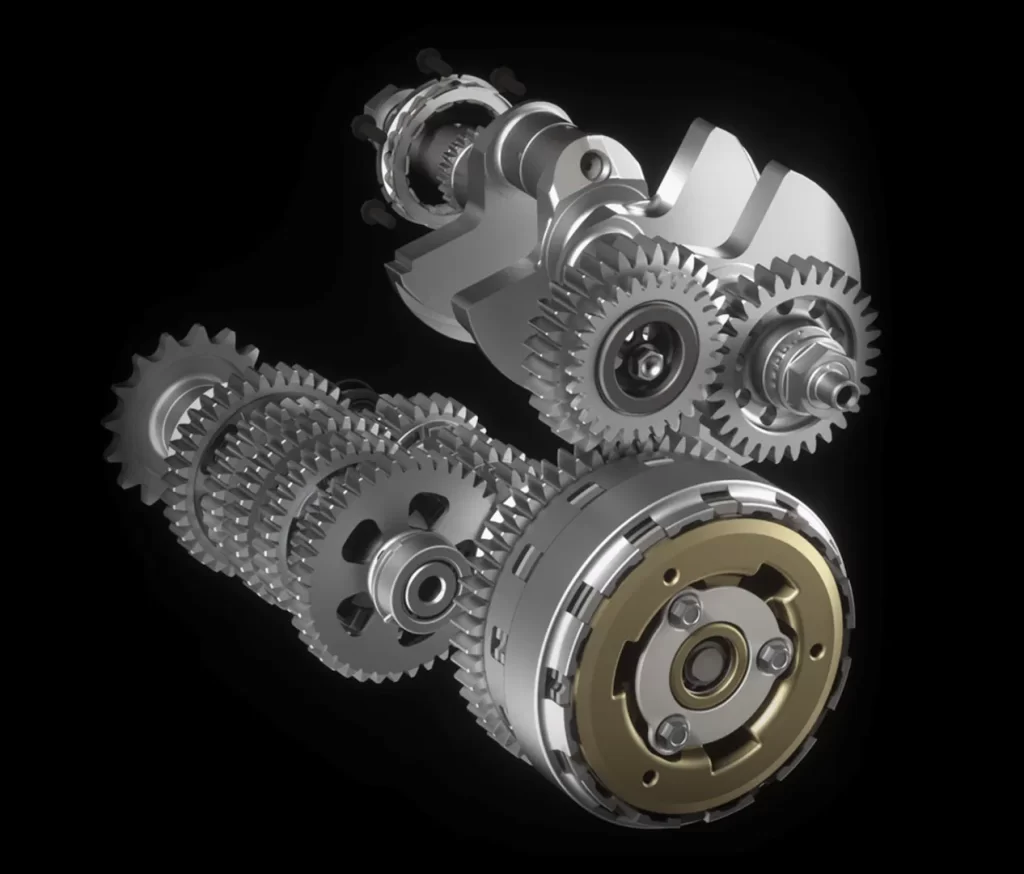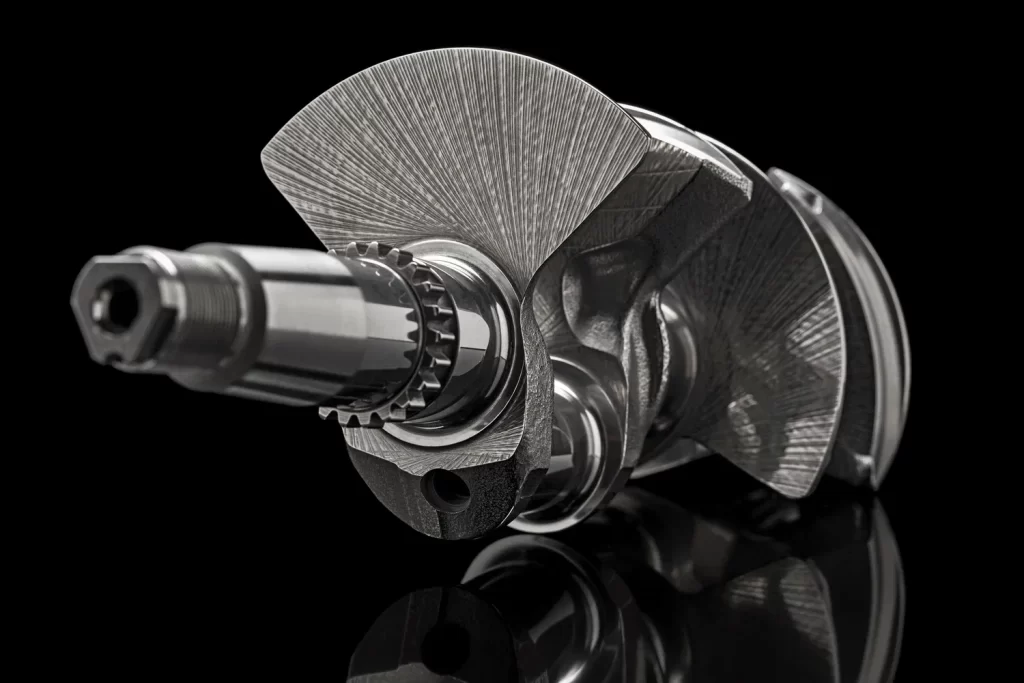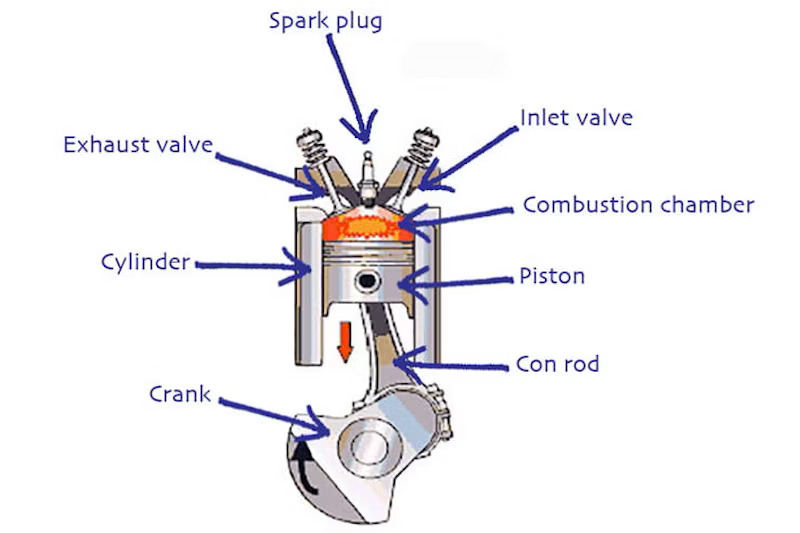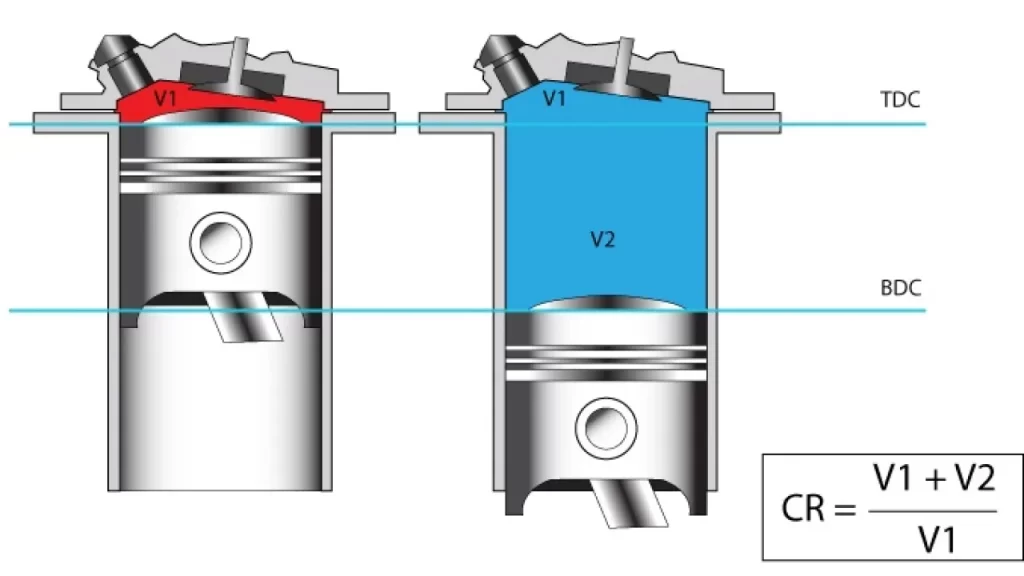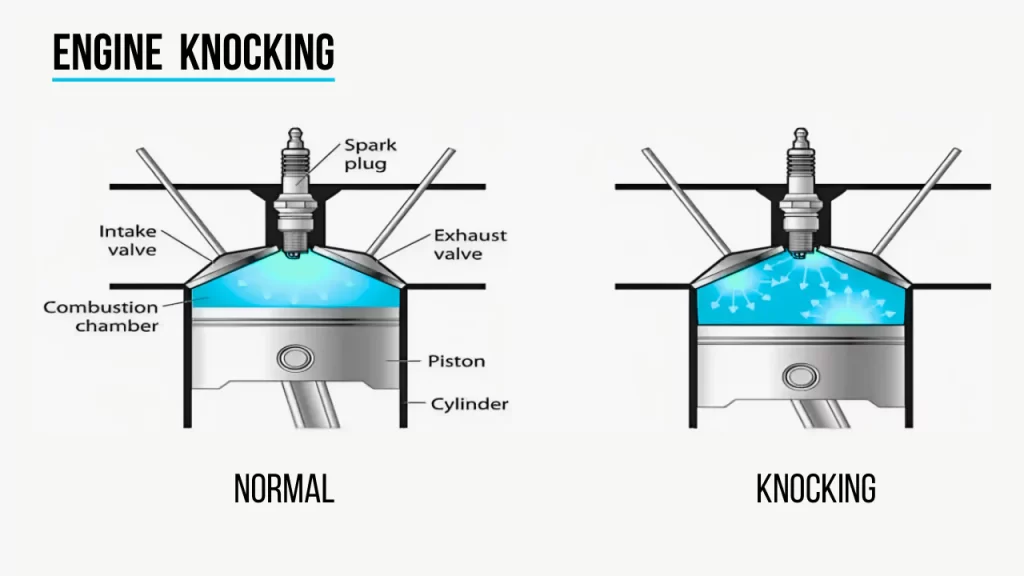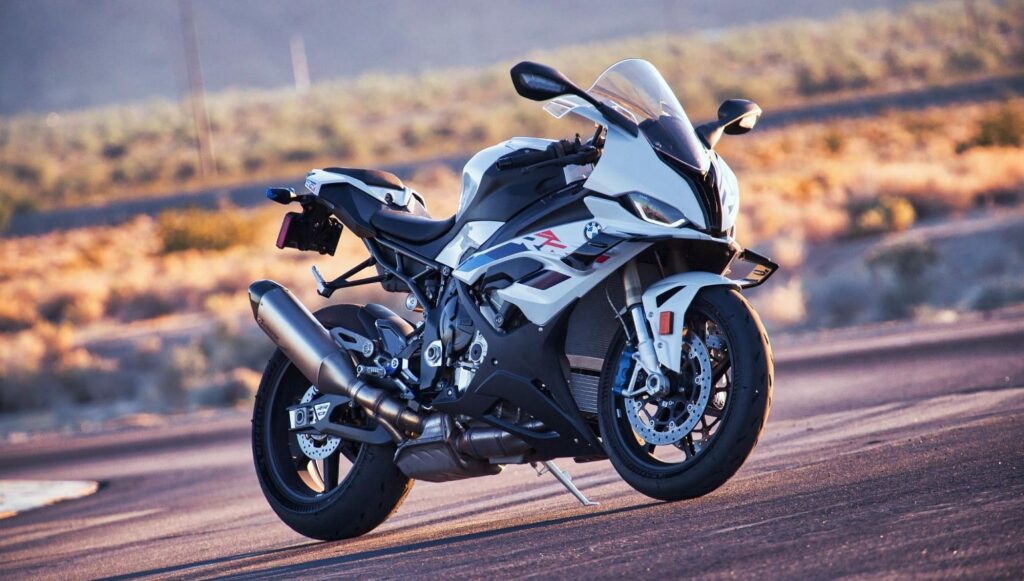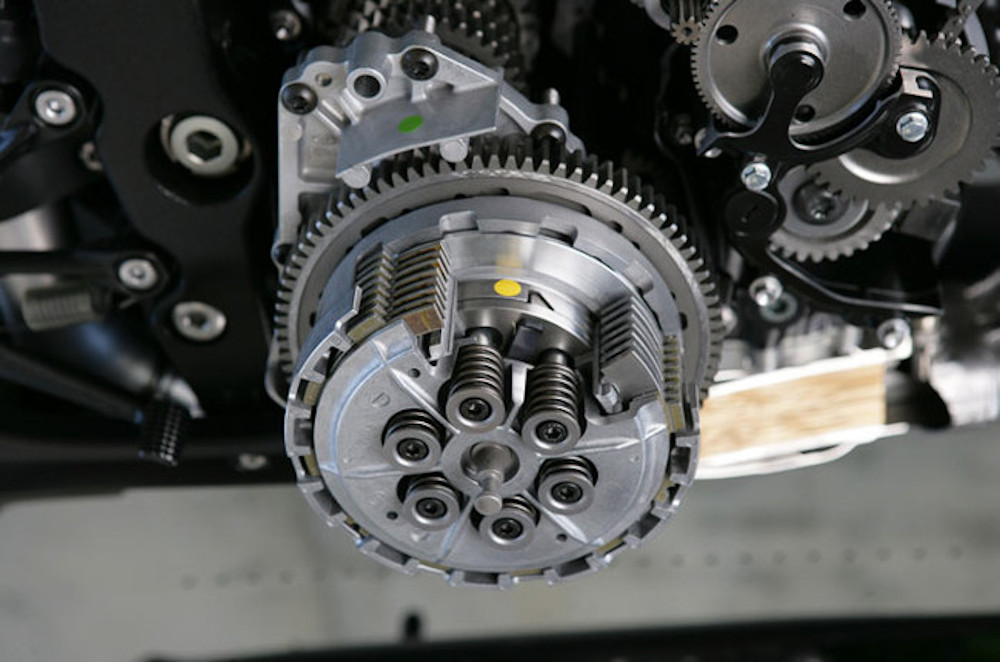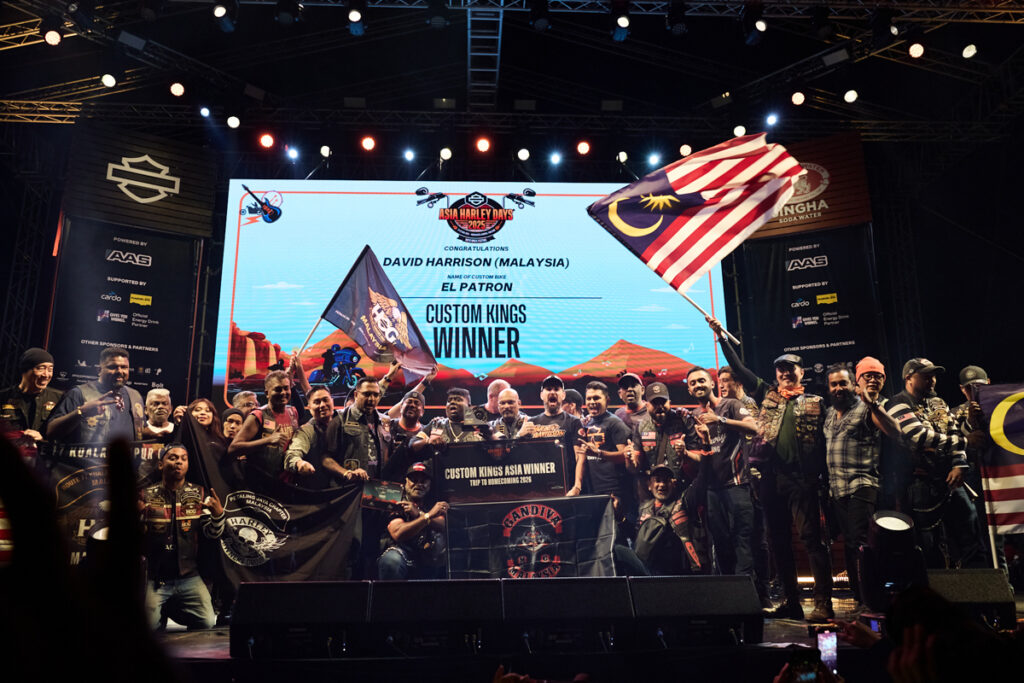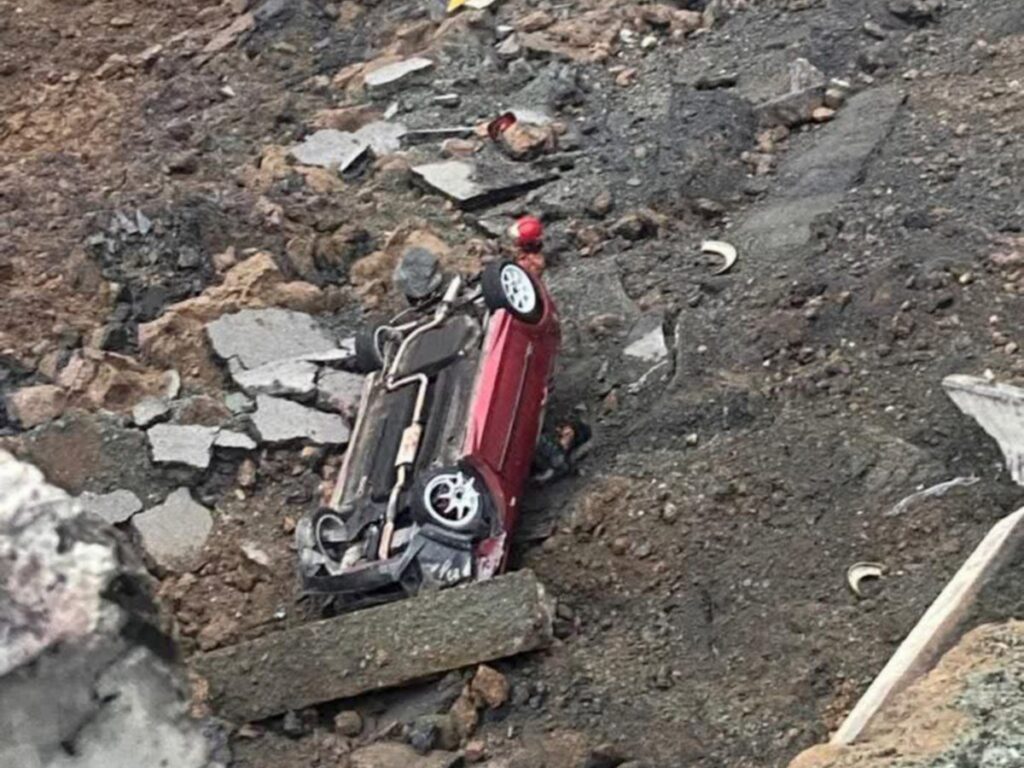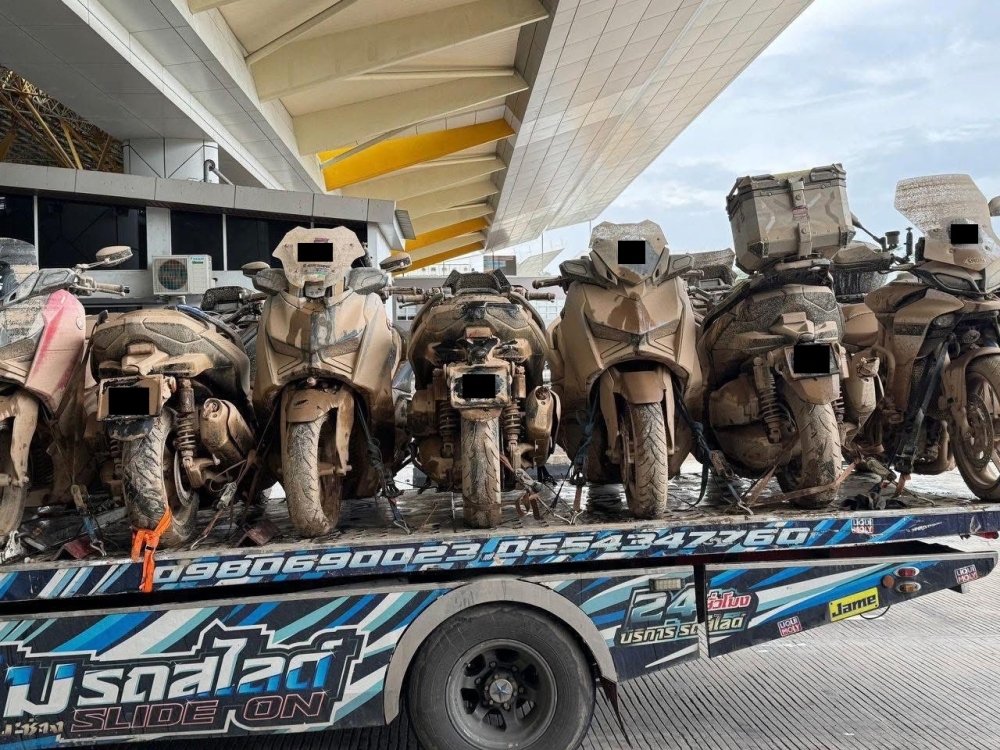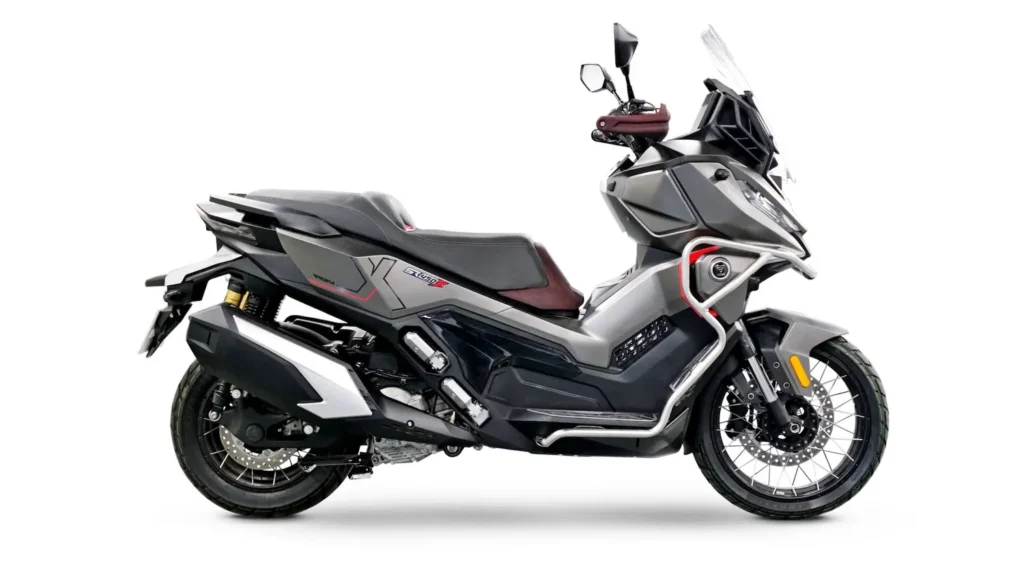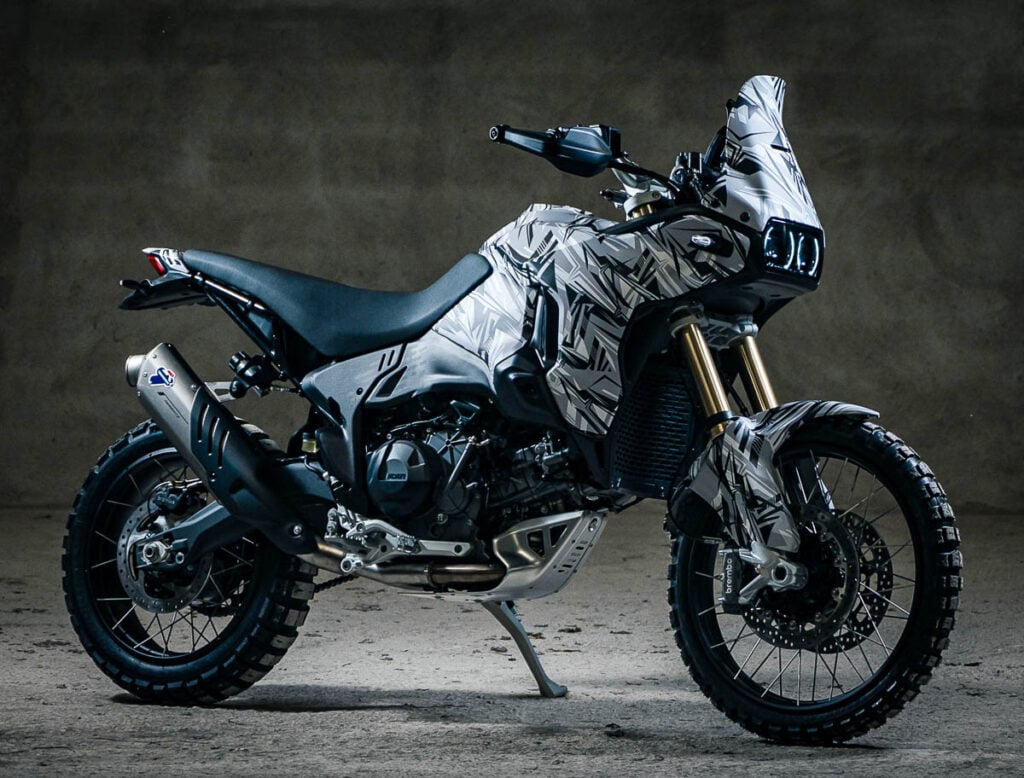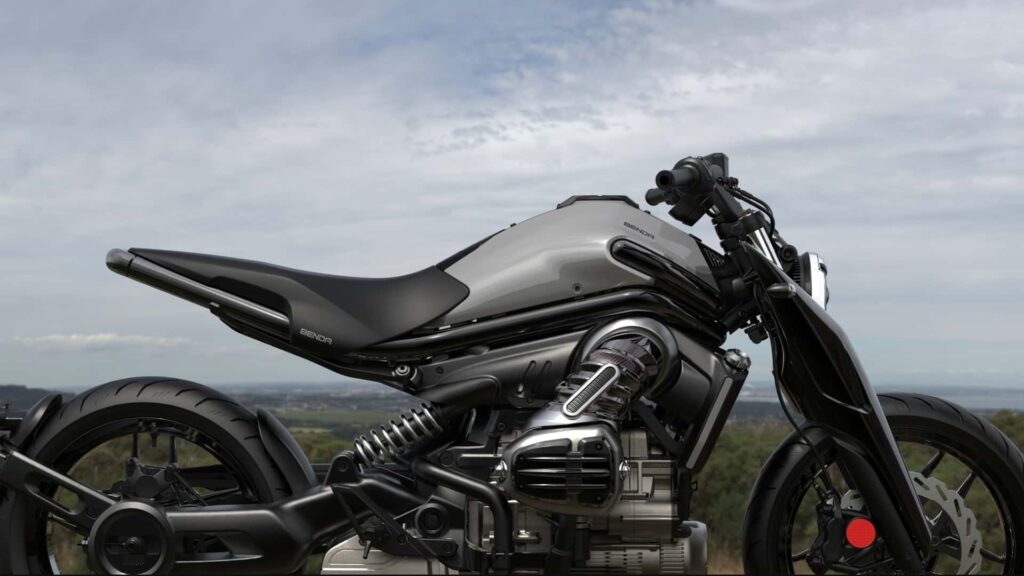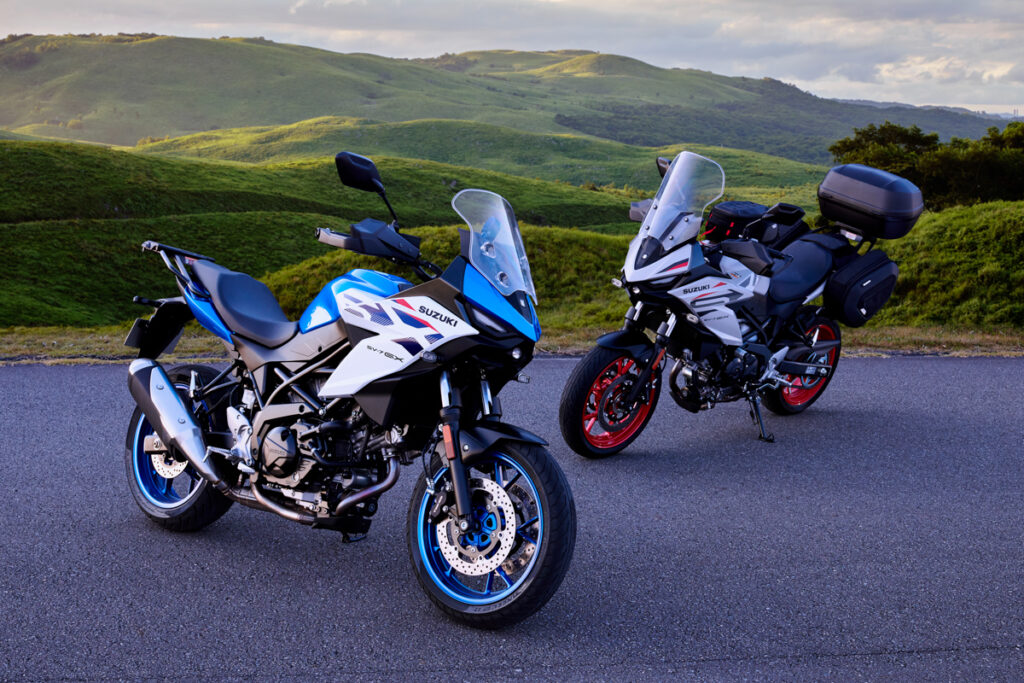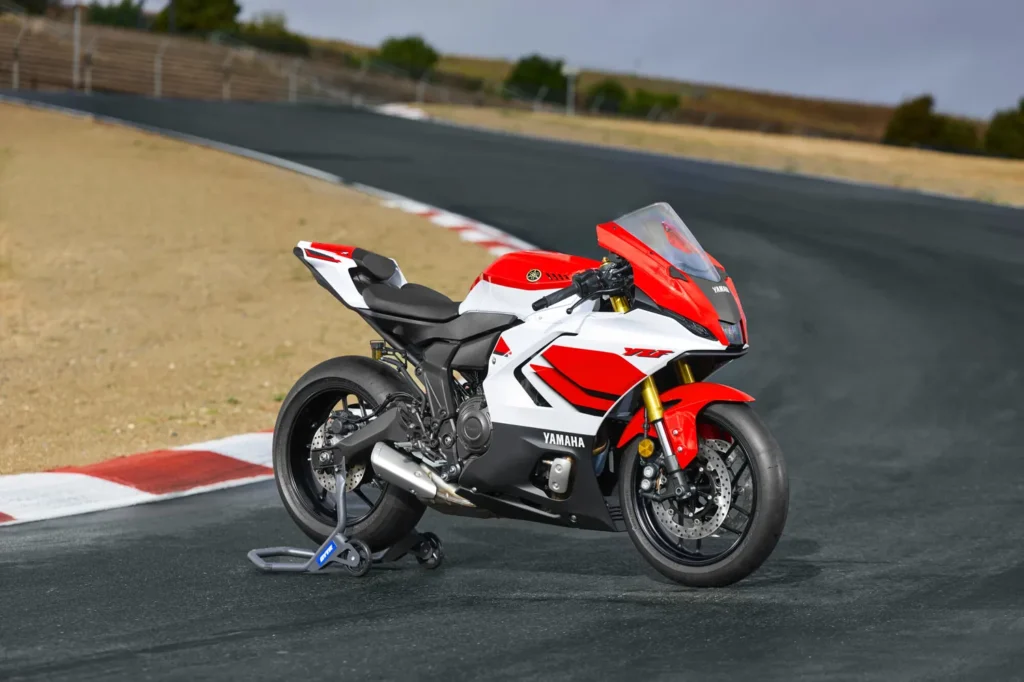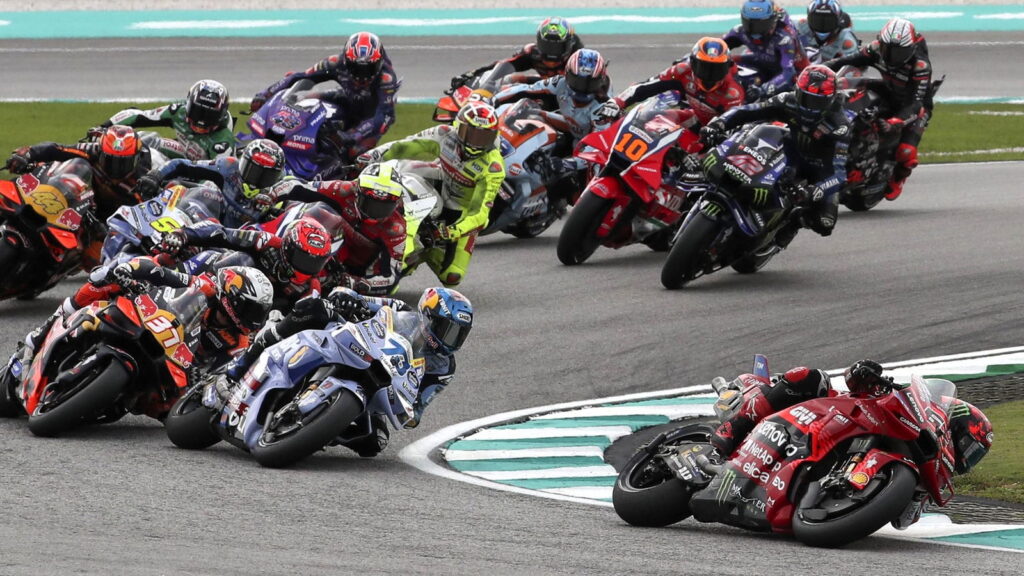Following the news of an upcoming Triumph Thruxton 400 to replace the Bonneville Thruxton R 1200, let us take a look at the origin of the Thruxton name.
The Thruxton name plays a significant part in the marque’s history, just like the Daytona, Bonneville, Speedmaster, Trophy, Speed Twin. This is why Triumph decided to keep the name running albeit in the 400cc range, after stopping production of the 1200cc model.
What is Thruxton?
More like where, actually. It is the name of the Thruxton Circuit, in Hampshire, England.
It began as a military airbase, known as RAF Thruxton in 1942, and was home to troop carrying aircraft of both the RAF and USAAF. In fact, some of the airborne troops who took part in D-Day, 1944, took off from from this airbase.

The circuit was laid out along the perimeter of the runway since the 1950s, but the longer and present track was only fully established in 1968. History, it has since hosted the Thruxton 500 endurance race (1960-1964, 1969-1977), British Formula 3, British Formula 2, and many more. The circuit remains part of the British Superbike Championship (BSB) and British Touring Car Championship (BTCC) calendar until today.
The Thruxton 500
However, the most relevant and important race in this story was the Thruxton 500.
It all began as a 9-hour endurance race for motorcycles in 1955, followed by another two in 1956 and 1957. This 9-hour race evolved into the famous Thruxton 500 mile (800km) race from 1958.
The Thruxton 500 was a production motorcycle race, meaning the motorcycles being raced must be available to the public, not unlike the current day FIM Endurance World Championship. Each bike entered will be ridden by two riders on rotation.

Anyway, Triumph entered the inaugural endurance race in 1958 with a Bonneville T120, entered with Mike “The Bike” Hailwood and Dan Shorey as riders. They won.
The race soon caught the attention of the public. As such, motorcycle manufacturers were keen to win it to showcase their products’ performance. “Win on Sunday, sell on Monday,” even before Soichiro Honda made those words famous.
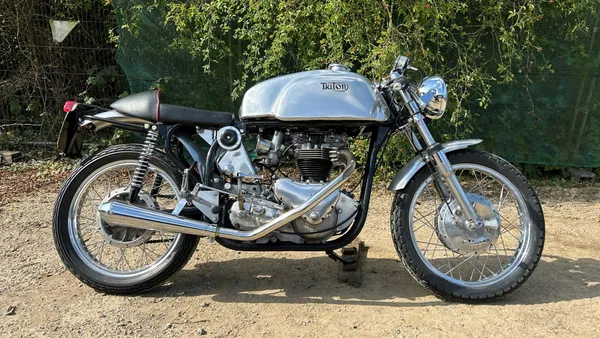
Triumph won again in 1961 with Tony Godfrey and John Holder after being runner ups to the BMW and AJS in 1959 and 1960. It was this win that spurred the Triumph factory to build the T120R Thruxton, which was hand-built by a team of Triumph technicians using specially picked components and precision-machined cylinder heads and crankcases. Peak power was increased and each ‘Thruxton’ engine was bench tested to deliver around 53 bhp (40 kW) at 6,800 rpm with a safe rev ceiling of 7,200 rpm. Only 52 of the Thruxton T120Rs were built in 1964/5 to meet homologation requirements for production racing. About 100 more machines were subsequently manufactured and supplied to selected dealers and riders.
It was one of the rarest Triumph motorcycles.
Rise of the modern Triumph Thruxton
In 2004, the new Triumph factory based in Hinckley, England introduced the Thruxton 900. The engine was derived from the Bonneville lineup, but has new cams and pistons 90mm pistons, taking capacity to 865 cc and power up to 70 bhp. The crank was a 360°, which meant both pistons rose and fell together. Triumph was smart to sell the Thruxton 900 as the café racer of the Bonneville lineup. (Tom Cruise rode it in The Edge of Tomorrow, by the way.)
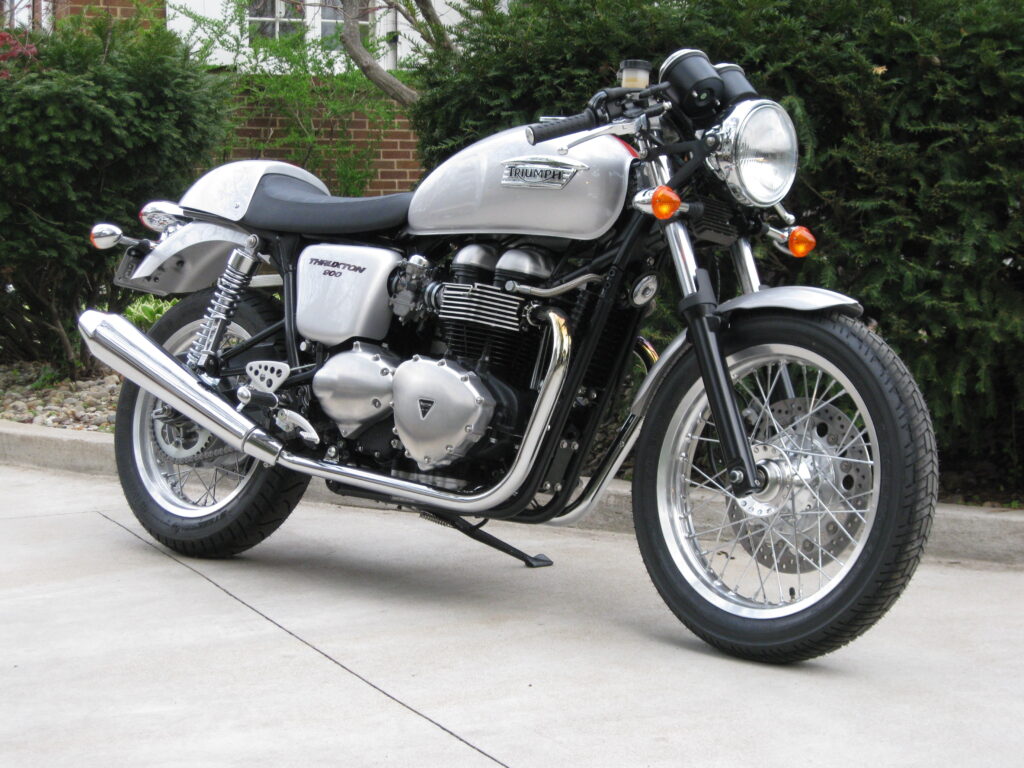
The company then introduced the new Thruxton in 2016. It used the new 1200cc, 270º, liquid-cooled engine. There were two variants, one the standard while the “R” got Ohlins shocks, Showa forks, and Brembo brakes.
The Thruxton has since enjoyed good sales the world over, although the later-launched Boneville Bobber pipped it as the best selling Triumph.

Then, in 2024, Triumph announced the Thruxton Final Edition as they moved the performance Bonneville to the Speed Twin.
Closing
Long live the Triumph Thruxton!






